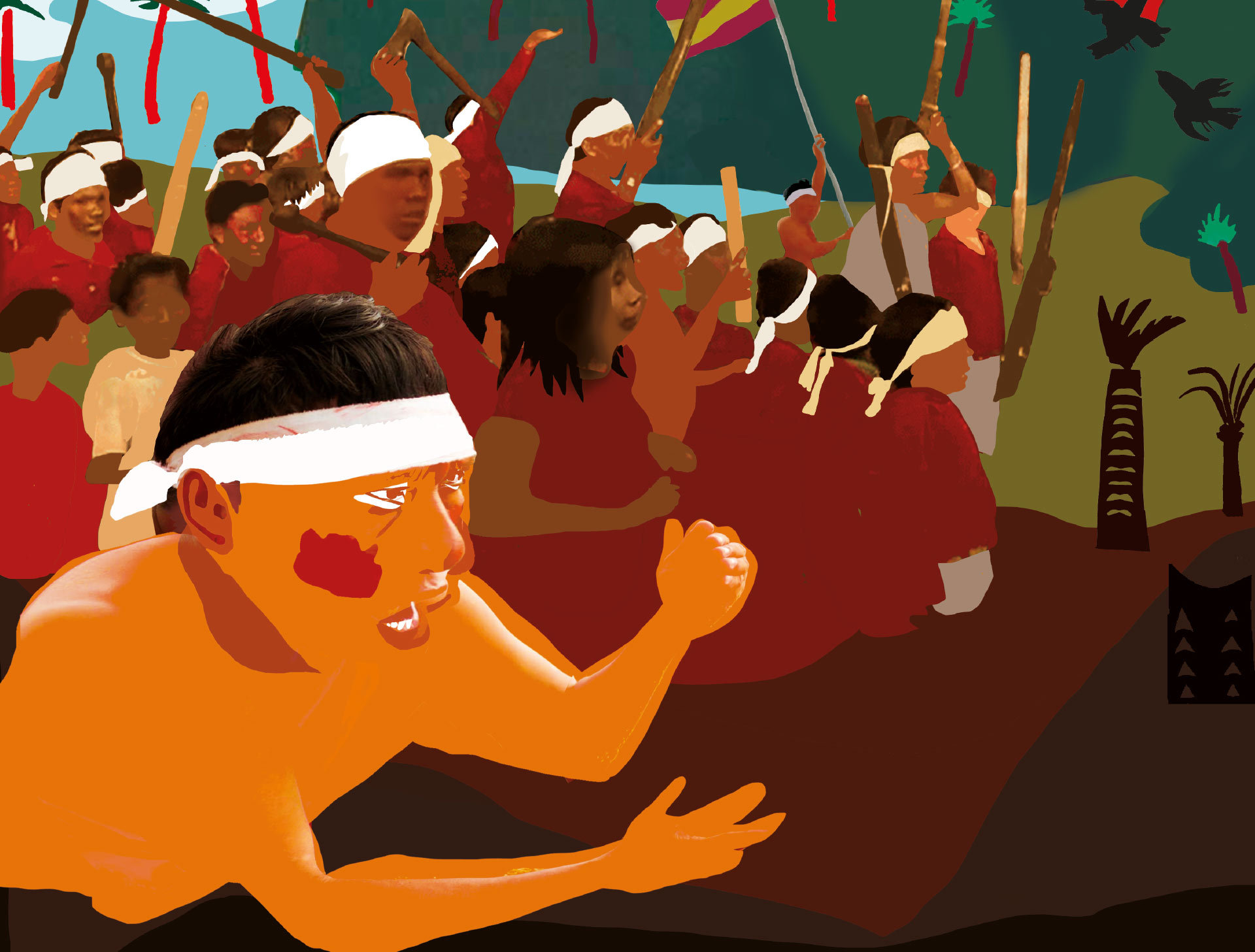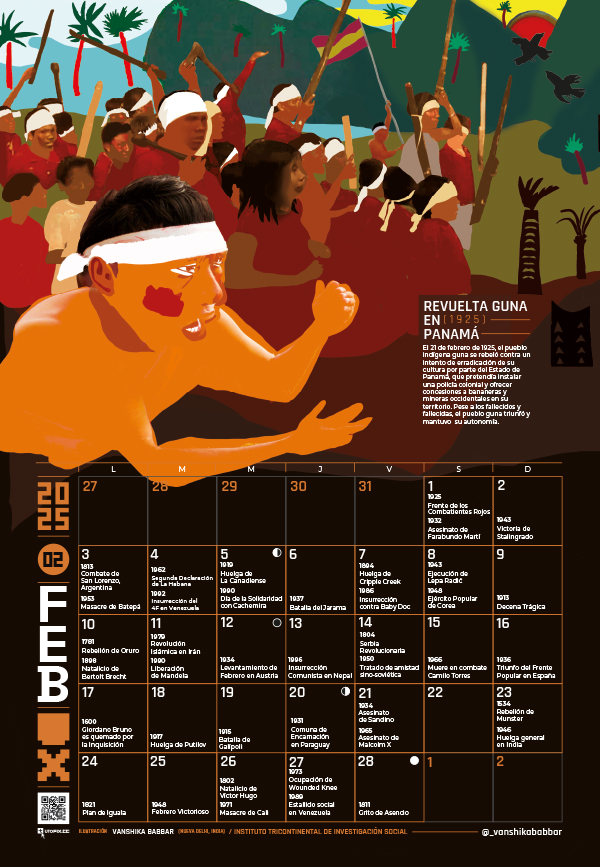ESP – ENG

For centuries, the ancestral Guna people inhabited various regions of what is now Colombia and the Panamanian Darien. They resisted Spanish colonization and ended up migrating to the Guna Yala archipelago (formerly known as the San Blas archipelago) in Panama. There they established their comarca and preserved their ancestral culture.
However, the Guna people faced serious threats due to abuses by the colonial authorities and incursions in search of gold in their territory. In 1925, with an independent Panama and Augusto Boyd in office, the attacks intensified, forcing the Guna families to defend their right to exist.
The Boyd government applied a restrictive tax system, prohibited traditional customs and intervened in their way of life. The Panamanian state’s plans to offer concessions to Western banana and mining companies endangered the homes and autonomy in the Guna territory.
The conflict erupted when several leaders decided to organize resistance, which became known as the Guna Revolt or the Cry of the Guna. The rebellion sought to reaffirm cultural identity and defend territorial rights. By implementing tactics such as barricades and community mobilization, the Guna demonstrated unity in the face of the state authorities.
The Panamanian government’s response was violent repression: troops were sent to crush the revolt. Tensions rose and many people were killed or injured. Nevertheless, the Guna resistance had a significant impact on national awareness of the rights of indigenous peoples.
As a result of the revolt, the government was forced to negotiate with indigenous leaders and partially recognize Guna rights. The insurrection became a symbol of indigenous resistance and fueled future popular struggles in Panama.

Click here to download the printable version of the calendar and hang it on your wall.
Text: Andreína Chávez. Illustration: Vanshika Babbar.